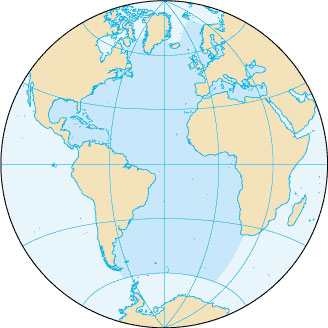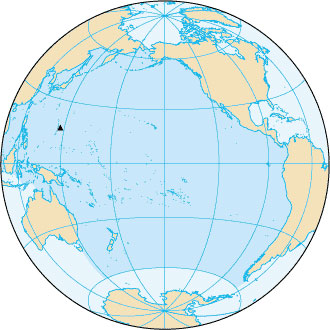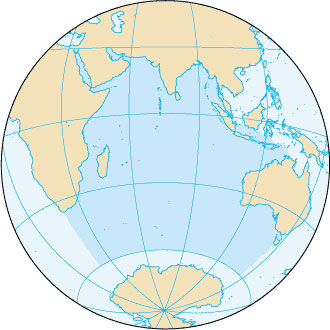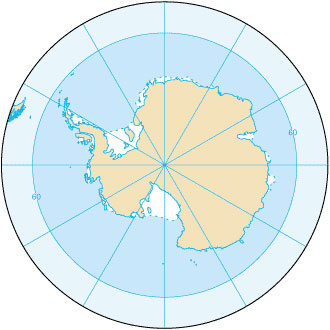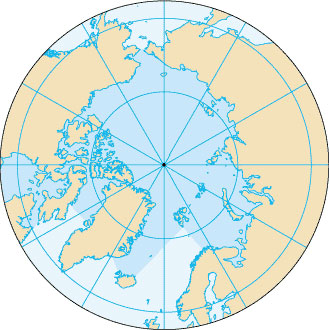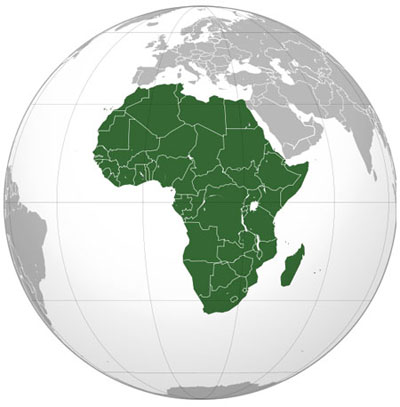
Source: Africa (orthographic projection), Martin23230, Wikimedia
Africa is the continent featured on this map and is the world's second largest and second most populous continent. It covers 11,730,000 square miles (30,370,000 square kilometers), and composes 20.4% of the Earth's total landmass. The total population of Africa is 922,011,000 (14% of the Earth's total population).
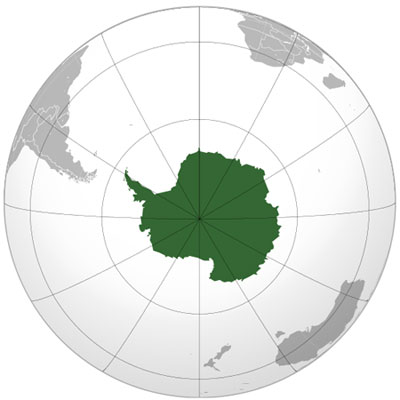
Source: Antarctica (orthographic projection), Heraldry, Wikimedia
Antarctica is the continent featured on this map. Antarctica is Earth's southernmost continent, encapsulating the South Pole. It is located in the Antarctic region of the Southern Hemisphere, almost entirely south of the Antarctic Circle. Antarctica covers 5,300,000 square miles (13,720,000 square kilometers) which is 9.2% of the Earth's total landmass. Despite its size, Antarctica is sparsely populated. Only several thousand people call Antarctica home, most of them seasonal.
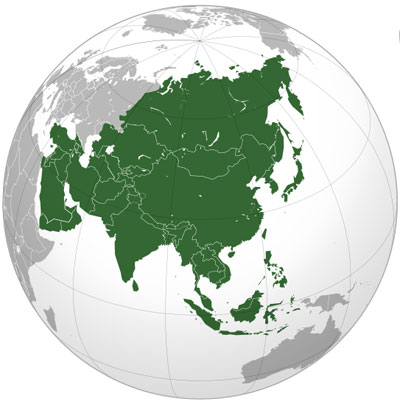
Source: Asia (orthographic projection), Ssolbergj, Wikimedia
Asia is the continent featured on this map. Asia covers 16,920,000 square miles (43,820,000 square kilometers). Asia is the world's largest and most populated continent covering 30% of the total landmass and is home to 3.88 billion people (60% of the Earth's entire population).
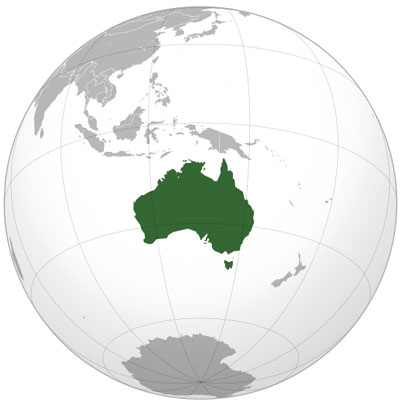
Source: Australia (orthographic projection), Ssolbergj, Wikimedia
Australia is the continent featured on this map. As you can see, Australia is an island. Australia covers 3,478,200 square miles (9,008,500 square kilometers) which is 5.9% of the Earth's total landmass. The smallest of the continents, Australia is home to 31,260,000 people.
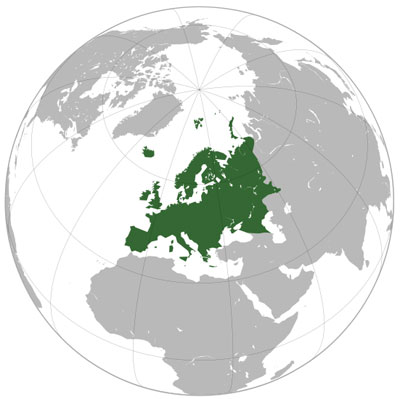
Source: Europe orthographic Caucasus Urals boundary, Ssolbergj, Wikimedia
Europe is the continent featured on the map above. Europe covers 3,930,000 square miles (10,180,000 square kilometers), or 6.8% of the total landmass. Even though Europe is small in comparison to other continents, it is densely populated (731,000,000 people).
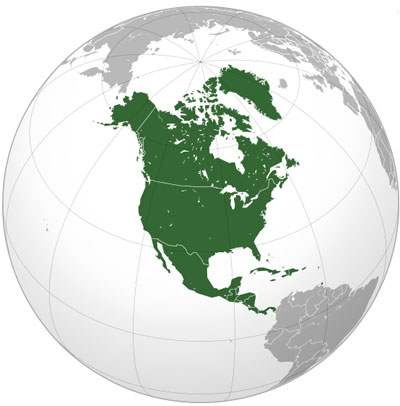
Source: Location North America, Bosonic dressing, Wikimedia
North America is the continent featured in the map above. North America covers 9,460,000 square miles (24,490,000 square kilometers) or 5.9% of the Earth's total landmass. The population of North America consists of 520,720,588 people (8% of the world's population).
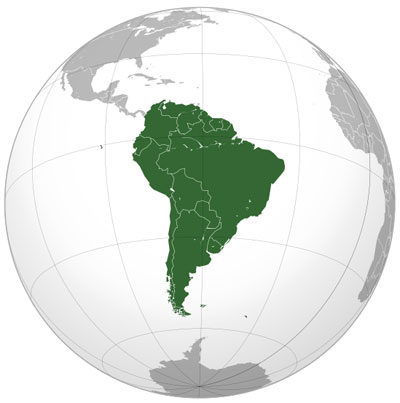
Source: South America (orthographic projection), Luan, Wikimedia
South America is the continent featured in the map above. South America covers 6,890,000 square miles (17,840,000 square kilometers), or 12% of the total landmass. The population of South America is 382,000,000 people (6% of the world's population).
